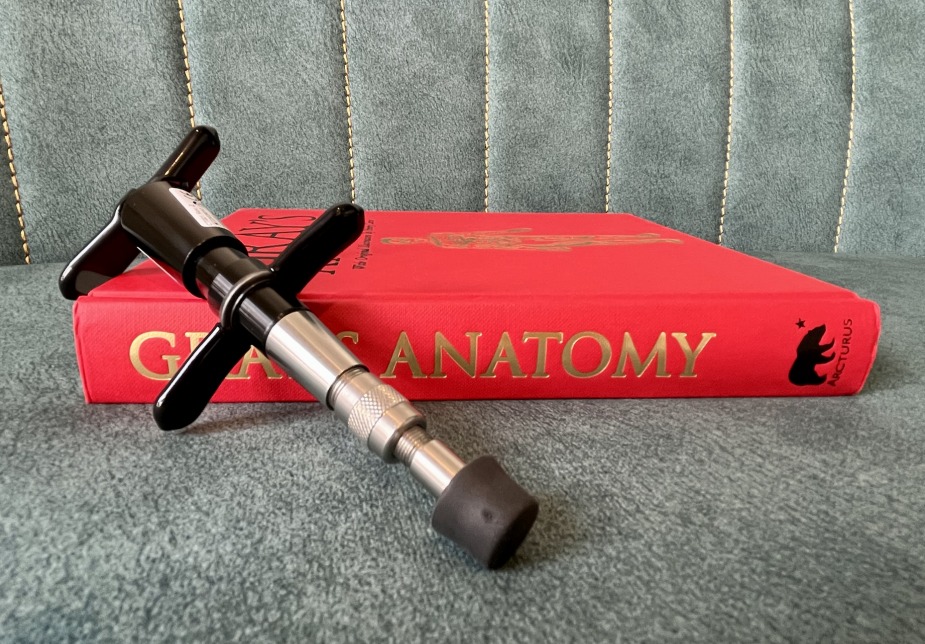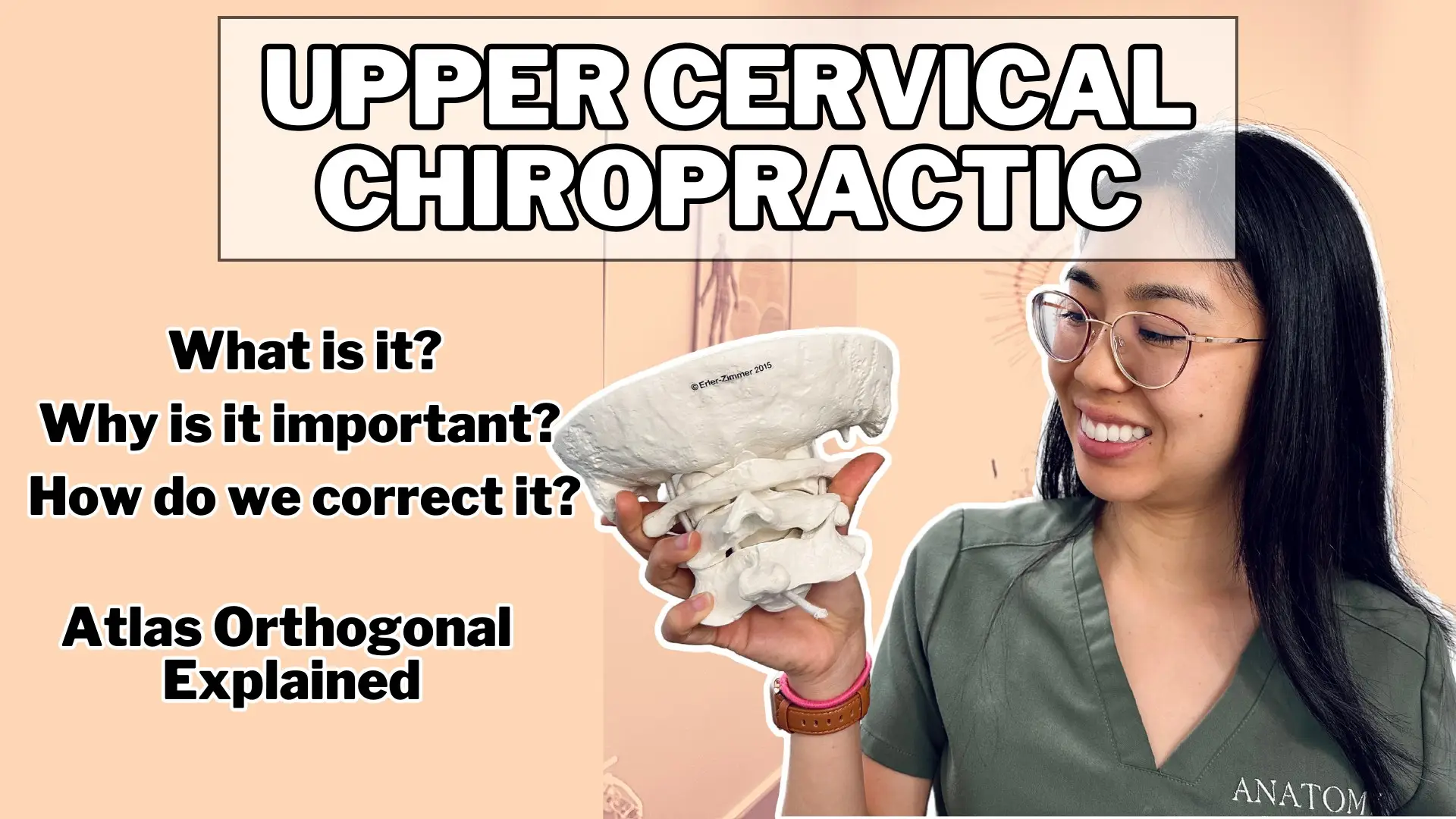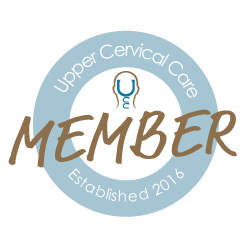Anatomy blog
Traveling with Cervical Instability: Tips for Maintaining Neck Health
The Chiropractic Road to Recovery: Why You Should Never Lose Hope
What Is The Most Effective Treatment For Trigeminal Neuralgia?
Do You Have Trigger Finger? A Simple Guide To Help You Recognize The Symptoms
What Is The Fastest Way To Heal A Trigger Finger?
Cervical Instability Surgery: What You Need to Know Before Making a Decision
Concussion Guidelines: What You Need to Know for Safe Recovery and Healing
Is A TBI & A Concussion The Same Thing?
What Is The Primary Cause Of Trigeminal Neuralgia?
Who Is More Likely To Get Trigeminal Neuralgia?
What Is The Most Effective Treatment For Trigeminal Neuralgia?
What Is The Gold Standard For Diagnosing Trigeminal Neuralgia?
Does The Trigeminal Nerve Connect To The Cervical Spine?
Cervical Instability: How It Can Affect Your Everyday Life
How Your Diet Affects Migraines: What To Know
Finding Relief: Proven Vertigo Treatments to Regain Your Balance
What’s The Right Way To Follow Concussion Protocol?
When to See a Doctor: Concussion or Tension Headache?
Understanding Migraine Triggers: How to Avoid Them
How To Spot The Signs Of An Upcoming Migraine
How To Tell If You’re Experiencing A Migraine Aura
Understanding the Link Between Vertigo and Balance
Trigger Finger: Symptoms, Causes, Warning Signs, and Effective Care
Craniocervical Instability: Understanding the Condition and Exploring Holistic Care
Migraines Uncovered: Exploring the Causes and Path to Relief
Concussion Symptoms: Recognizing the Signs
Vertigo Diagnosis: Understanding the Process and Finding Relief
Understanding the Connection Between Vertigo and Anxiety: A Comprehensive Guide
Concussion in Children: What Parents Need to Know
How Chiropractic Care Can Help Alleviate Vertigo
16 January 2024
Welcome to the transformative world of chiropractic care! If you’re seeking relief from back pain, neck stiffness, or looking to improve your overall spinal health, understanding the role of chiropractic adjustments is key. This natural and holistic approach centres around not just treating symptoms, but enhancing your body’s innate ability to heal and maintain balance.
14 November 2023
The Webster Technique is a chiropractic approach used to enhance comfort and ease during pregnancy, ultimately supporting a smoother birth process. In this blog post, we will explore the Webster Technique, its principles, and how it can make a significant difference in prenatal care.
When most people think about chiropractic care, they imagine a chiropractor cracking a person’s spine in order to achieve the pain relief the patient is looking for. But have you been curious about starting chiropractic care but have been scared of getting cracked? If you answered yes, then keep reading!

9/1/22
Leslie was a contract negotiator for a large ad company. She was organized, assertive, and sharp. She was great at her job. When I asked her if the stress of her job ever got to her, she replied with a smile, “I work well under pressure.” The only thing that slowed her down was her migraines. She found an effective, noninvasive treatment that she could use whenever a migraine snuck up on her.
10/28/22
Upper cervical chiropractors practice a specialty of chiropractic that focuses on the upper cervical region of the spine.
11/04/22
An easy way to know if you have an atlas misalignment is by looking at yourself in the mirror. Is your head tilted to one side? Sometimes this is hard to see or easy to alter if you’re trying to discern. A more obvious mirror check is your shoulders. Are they level? Or is one much higher than the other? This could be a sign of a problem with the atlas vertebra.
02/06/23
You’re going to want to see this.
Here’s what happens to a person’s neck after a car accident.
We recently had 2 two patients that had been in car accidents. Both accidents were under 30mph – one was rear ended at a stop and the other was hit on the passenger side while turning. Both patients left their respective accidents with minor injuries (stiffness, neck/shoulder irritation, and low back pain). Here are their before/after accident x-ray comparisons:
03/30/23
Sleep for some, it’s a blissful escape but for many others, it’s a daily challenge to turn off and shut off. There is a ton of content out there with sleep hacks and tricks…
02/21/23
In a previous post, we discussed what happened to your neck after a minor fender bender. If you missed the article, Click here. These types of breaks in George’s line can happen with any trauma to the neck.

A misalignment in the upper cervical spine can cause symptoms related to any of the structures!
Yes, patients who have upper cervical misalignments cause have: headaches, migraines, dizziness, forward head posture, biomechanical problems, neck pain, shoulder pain, low back pain, difficulty breathing, blood pressure issues, brain fog, memory issues, and more!


